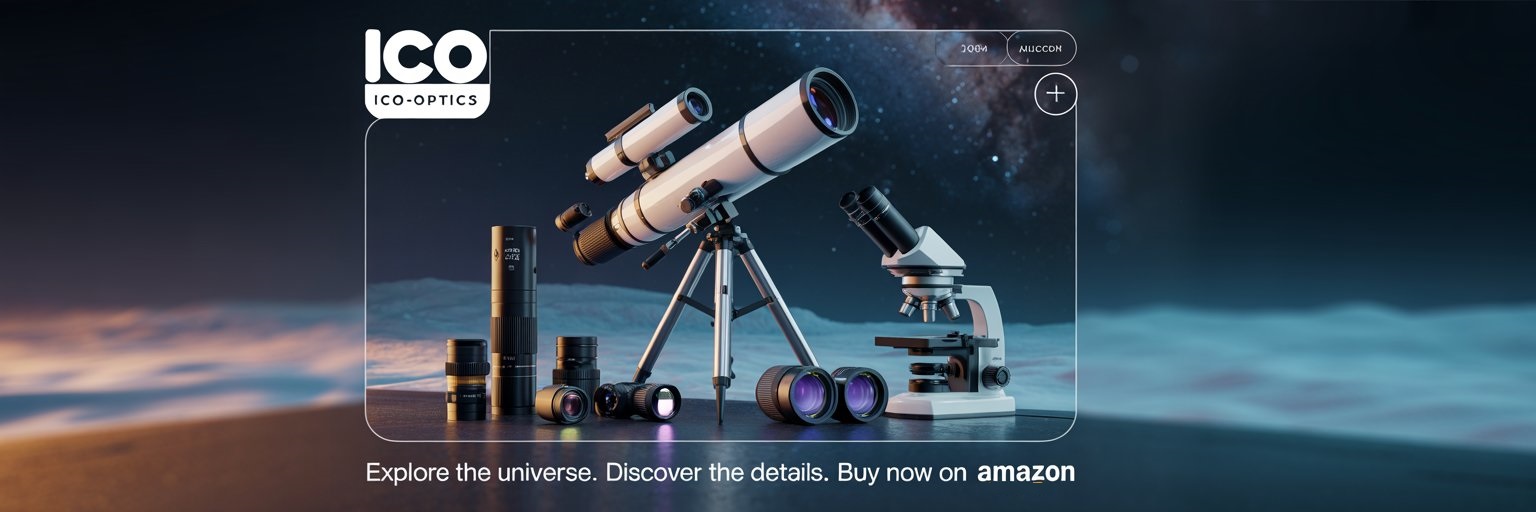The European Space Agency (ESA) just hit a huge milestone. For the first time, they set up a deep-space optical communication link with NASA’s Psyche mission.
This laser-based connection spanned an almost unfathomable 265 million kilometers (165 million miles). It shows real promise for changing how we talk across the emptiness of space.
ESA’s achievement highlights their growing skill in interplanetary communication. It also shines a light on the teamwork between agencies like NASA and ESA—something the future of space exploration needs more than ever.
Breaking Boundaries with Laser-Based Space Communication
On July 7, 2025, something big happened in the world of space communication. ESA used a ground laser transmitter at the Kryoneri Observatory in Greece to reach NASA’s Psyche spacecraft.
The DSOC payload aboard Psyche picked up the laser signal, and the spacecraft responded from about 1.8 astronomical units (AU) away. That’s nearly 265 million kilometers, which is honestly hard to even picture.
This marked the first time Europe pulled off a deep-space optical communication link. It feels like a new era for space tech is finally starting to take shape.
Why Optical Communication Matters
Radio frequency communication has been the go-to for space missions for decades. But as we send more spacecraft farther out and try to beam back bigger piles of data, radio just isn’t cutting it anymore.
Optical communication, on the other hand, uses lasers instead of radio waves. This means much faster data rates, so we can get high-def images and detailed science info back to Earth in record time.
- Greater Data Capacity: Optical systems can send way more information than radio setups ever could.
- Reduced Latency: High-speed links mean less waiting around for critical data.
- Precision Targeting: Lasers let us focus transmissions, cutting down on interference and saving power.
How ESA Made History
ESA pulled this off using the Kryoneri Observatory, which has a pretty advanced ground laser transmitter. They aimed the beacon at NASA’s Psyche spacecraft, which carried the DSOC payload—basically, a cutting-edge optical receiver for deep space.
Even with 265 million kilometers between them, the two systems connected. That’s a big leap for ESA, opening the door to high-speed laser communications for future interplanetary missions.
The Importance of International Collaboration
ESA couldn’t have done this alone. Their close partnership with NASA made all the difference.
When agencies work together, they combine expertise, resources, and infrastructure. That teamwork speeds up the rollout of new tech like optical communication, and honestly, it benefits all of us who are curious about the universe.
The Psyche mission, which NASA launched to study a metal-rich asteroid, was the perfect test case. It let ESA try out their optical communication gear in the real world, not just in a lab or simulation.
What This Means for the Future of Space Communication
ESA’s successful optical link isn’t just a one-off. It could shape how we explore the solar system—and maybe even beyond.
- Faster, more efficient data means scientists can make discoveries sooner, thanks to huge datasets coming back from distant worlds.
- Handling higher data rates lets deep-space missions send back sharper images and more telemetry, improving how we manage spacecraft from Earth.
- Better communication tech could even help future crewed missions, making sure astronauts and mission control stay in close touch.
With this breakthrough, ESA’s shown they’re ready for a new wave of missions that need fast, reliable laser-based links. Who knows—maybe one day we’ll watch live footage from another world, all thanks to advances like this.
Conclusion
ESA’s laser communication link with NASA’s Psyche mission marks a key step forward. It’s not just tech for tech’s sake—it’s a sign of our stubborn drive to explore and create.
We live in a world where science and teamwork tie us together. Achievements like this make me wonder just how far we’ll go when we join forces and aim high.
With optical communication systems getting better all the time, we’re opening the universe up in ways that felt impossible not long ago. Who knows what’s next?
Here is the source article for this story: ESA Starts Deep Space Laser Comms Trial With Psyche Orbiter

